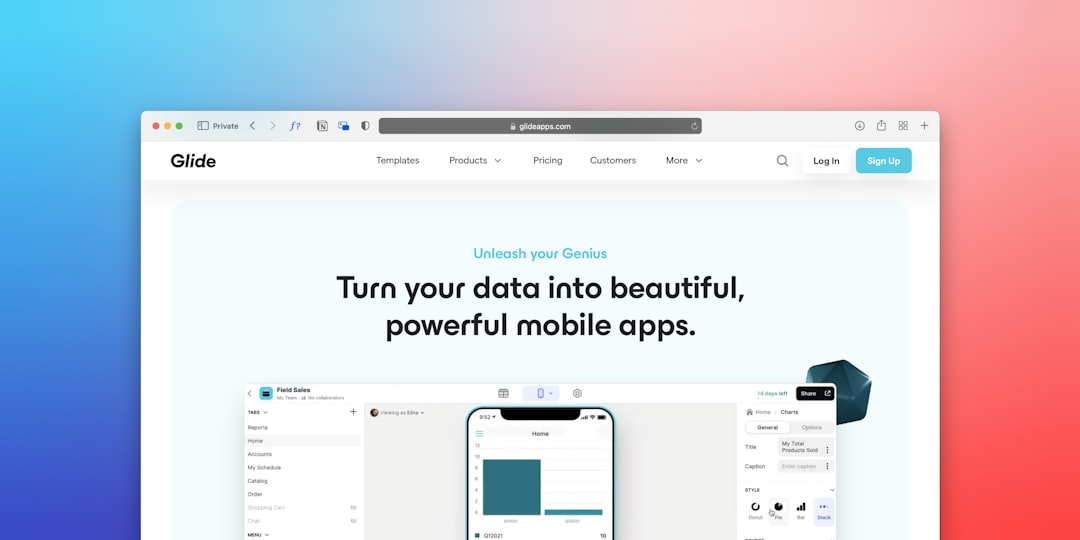Linkable Assets: Studies, Tools, and Templates
In the world of digital marketing and search engine optimization (SEO), acquiring high-quality backlinks remains one of the most effective strategies for improving search engine rankings. One proven way to attract these backlinks is by creating what are known as linkable assets — valuable, high-quality content designed specifically to earn links from reputable sources. These assets are often data-driven, evergreen, and of genuine value to users as well as fellow webmasters.
This article explores the concept of linkable assets in depth, focusing on three primary categories: studies, tools, and templates. Each of these content types not only provides meaningful utility to users but also serves as a magnet for backlinks, helping your website build authority and visibility in a competitive digital landscape.
What Are Linkable Assets?
Table of Contents
Linkable assets are high-value content pieces created with the specific intention of being so informative, useful, or compelling that other websites want to link to them. These assets provide solutions or insights that are difficult to replicate and naturally encourage citations and references.
Common characteristics of strong linkable assets include:
- Original Research: Unique insights backed by data or surveys that no one else has published.
- Utility: Tools or interactive elements that help users solve a specific problem.
- Sharability: Visual, easily digestible content that is designed to be shared on social or professional networks.
- Evergreen Value: Content that remains relevant over time and is referenced repeatedly.
1. Studies: Data-Driven and Authoritative
Original research and studies are among the most powerful linkable assets. They offer unique insights that are often cited by journalists, bloggers, and industry professionals. These studies usually involve collecting and analyzing data to identify patterns, trends, or benchmarks within a field.
Examples of highly linkable study topics might include:
- The average open rate for email campaigns in different industries
- Yearly salary benchmarks across different technology roles
- Effects of algorithm updates on website rankings
Studies should follow a clear methodology and contain visuals like graphs or tables to make information easier to interpret and cite.

Creating a linkable study involves:
- Identifying a unique angle that hasn’t been thoroughly explored in your niche.
- Collecting quantifiable data through surveys, APIs, or web scraping.
- Analyzing the data meaningfully and presenting key findings concisely.
- Visualizing the data with professional-grade charts and infographics.
- Promoting the study via outreach, press releases, and content marketing platforms.
When executed correctly, studies can continue to earn backlinks for months or even years, especially if you periodically update them with fresh data.
2. Tools: Interactive and Functional
Online tools serve as another layer of highly linkable assets. These are web applications designed to solve a specific problem — and because of their utility, they get linked naturally in blog posts, news articles, and resource roundups. Think of SEO analyzers, loan calculators, or readability checkers — each of these is a tool that draws not only traffic but citations.
Why tools make excellent linkable assets:
- Recurring Use: Users return to tools repeatedly, increasing exposure.
- High Utility: They fulfill a practical need which makes them intrinsically valuable.
- Integration Potential: Tools can be embedded or recommended by niche sites.
Examples of effective tools:
- Keyword difficulty calculators
- Email subject line testers
- Social media post schedulers
- Budget planners or cost estimators

Considerations for building a linkable tool:
- Identify a recurring pain point within your niche that can be solved algorithmically.
- Ensure the tool is mobile-friendly and fast-loading to support user experience.
- Add clear calls to action and back-end analytics to measure performance.
- Offer embed codes or API access to encourage integration on external sites.
Once launched, proactive outreach and listing the tool in relevant directories can give it the initial push it needs to generate organic traction through backlinks.
3. Templates: Practical and Shareable
Templates are pre-designed formats or blueprints that users can adopt and tailor for their personal or professional tasks. These assets save time and effort, making them highly attractive and link-worthy. Templates can come in a variety of formats, including PDFs, spreadsheets, slides, and editable documents.
Examples include:
- Content calendars
- Business proposal templates
- Resume builders
- Social media strategy documents
What makes templates especially linkable is their tangible usability. Bloggers writing about marketing strategies, job hunting, or project management will naturally link to downloadable templates that assist their readers.
How to create compelling templates:
- Design templates for a broad audience but allow easy customization.
- Provide a visual preview to increase user trust before downloading.
- Add helpful instructions or a short how-to guide.
- Optimize for accessibility and format compatibility (e.g., use Google Docs and Excel formats).

Offering templates behind an optional email gate can also help you grow your audience while still offering the linkable asset freely for those citing it without signing up.
Promoting Linkable Assets
Even the most valuable asset will go unnoticed without strategic promotion. After creating your study, tool, or template, use a multi-channel approach to ensure it gains traction:
- Outreach: Pitch to bloggers, journalists, and influencers within your niche.
- Content Syndication: Republish summaries or mentions of your asset on platforms like Medium or LinkedIn.
- Email Marketing: Notify your subscribers about the release.
- Social Media Campaigns: Use visuals and concise copy to drive clicks and shares.
- Communities and Forums: Share in relevant threads where people seek such resources.
It’s also wise to look at who is linking to similar assets in your industry. Tools like Ahrefs or SEMrush can help uncover these sites and inform your outreach strategy.
Monitoring and Updating Your Assets
Linkable assets need maintenance to stay relevant. For studies, this might mean updating the data annually. Tools may require bug fixes or user interface updates. Templates might evolve with new trends or feedback. Check metrics such as page views, backlinks, and sharing activity to evaluate performance.
Keep an eye on:
- Backlink velocity – How many new inbound links are your assets earning over time?
- Traffic metrics – Are users finding and spending time with the asset page?
- Engagements – Are people downloading, embedding, or bookmarking the asset?
Successful linkable assets often become cornerstone content on a site — meaning they serve as foundational resources that define your authority within your niche. Strategic updates preserve their value and ensure their longevity.
Conclusion
In an overcrowded content landscape, linkable assets such as studies, tools, and templates continue to prove their worth not just as ranking factors, but as indispensable resources that reinforce your brand’s authority. They take time to create, but the return on investment can be exponential.
As you consider your next content project, think of how it could provide utility, credibility, and originality. These are the hallmarks of assets that don’t just attract attention — they earn trust and secure links that move the SEO needle in a meaningful direction.







